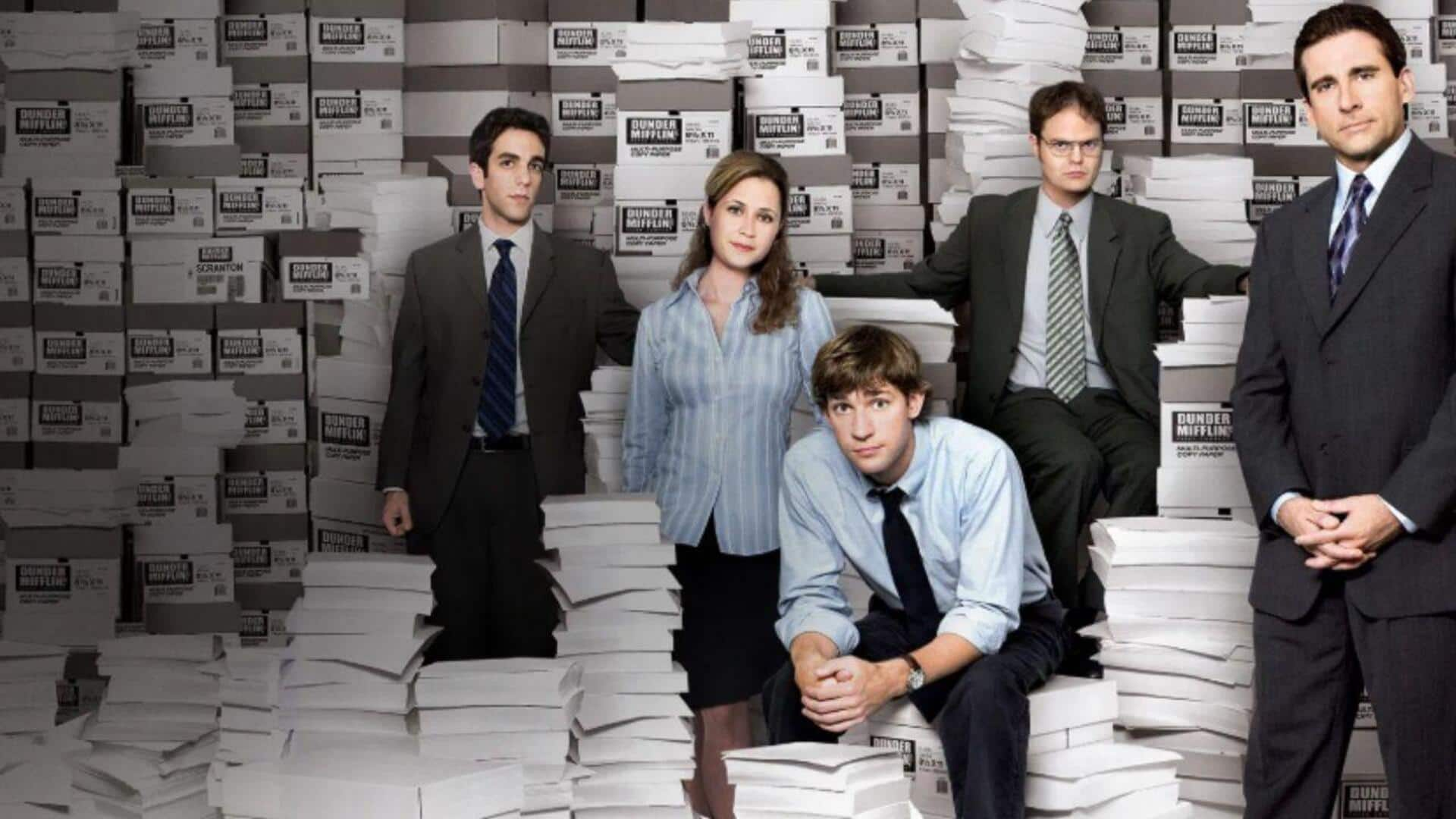**5 Workplace Communication Myths ‘The Office’ Gets Wrong**
*By Vinita Jain | Sep 19, 2025, 02:24 PM*
**What’s the story?**
*The Office*, the beloved sitcom, has offered us plenty of laughs and some memorable insights into workplace communication. However, not everything portrayed on the show is accurate or practical when it comes to real-world office dynamics. While entertaining, the show often exaggerates or oversimplifies complex communication issues.
In this article, we debunk five common myths about workplace communication as seen in *The Office* and provide a more realistic perspective on how to communicate effectively in professional settings.
—
### Myth #1: Over-the-Top Personalities Drive Office Dynamics
*The Office* frequently features characters with highly exaggerated personalities that dominate interactions. In reality, workplaces consist of a diverse range of personalities, but seldom as flamboyant or extreme as portrayed on the show.
Believing this myth can distort how we view personality traits in the office. Instead, real workplace success depends on understanding and adapting to various personality styles to foster effective communication.
—
### Myth #2: Constant Conflict is the Norm
Another recurring theme in *The Office* is that workplaces are rife with nonstop conflict and drama. While some disagreements are natural in any team setting, most professional environments maintain a relatively calm atmosphere where collaboration and teamwork prevail.
This misconception might lead employees to feel unnecessarily stressed, as if they must always be prepared to manage conflict, when in fact healthy communication and cooperation are the standard.
—
### Myth #3: Leadership is Either Inept or Overbearing
Managers in *The Office* are often shown as either completely incompetent or excessively controlling. Real leadership, however, requires a careful balance between authority and approachability.
Effective leaders navigate complex interpersonal relationships and make decisions that prioritize both business objectives and their team’s well-being. Oversimplifying leadership roles undermines the value of strong management skills in creating a positive workplace.
—
### Myth #4: Open Communication Is Effortless and Universal
The show often depicts open communication channels as easily accessible to everyone, regardless of hierarchy. In most organizations, however, fostering open and transparent communication demands intentional effort from both leadership and employees.
Assuming that concerns can always be voiced freely without repercussions sets unrealistic expectations and ignores the trust-building required to maintain genuine openness.
—
### Myth #5: Feedback Is a Simple Exchange
Feedback in *The Office* is usually portrayed as casual, brief interactions between coworkers or between workers and managers. In reality, effective feedback involves structured systems designed to deliver and receive constructive criticism thoughtfully.
Such systems are crucial for professional growth and healthy team dynamics. Without them, feedback can be misunderstood or overlooked, potentially harming workplace relationships.
—
**Conclusion**
While *The Office* provides entertaining scenarios and memorable characters, it’s important to recognize the gap between sitcom portrayals and real workplace communication. Understanding these five myths helps set realistic expectations and encourages more effective, respectful, and productive interactions at work.
https://www.newsbytesapp.com/news/entertainment/5-workplace-communication-myths-the-office-gets-wrong/story


